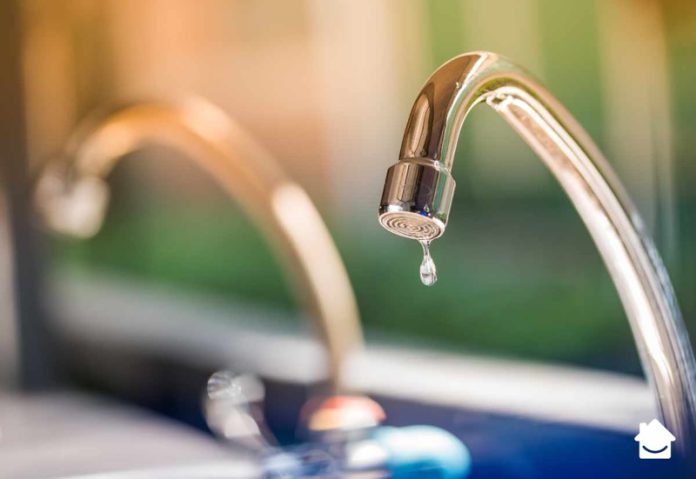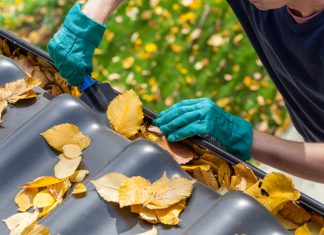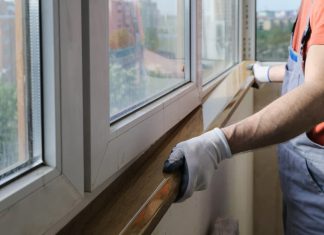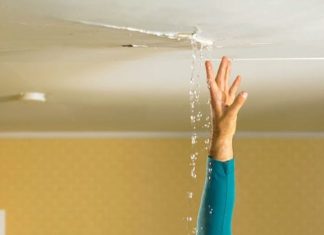Finding the place where a leak is coming from on a flat roof is one of the hardest parts of fixing a leaking roof.
When dealing with a sloping roof, finding the leak can be quite easy, as you only need to follow the downward trend of the flowing water. However, with flat roofs, the water can move in any direction, which makes it difficult to identify the source of the leak.
Fortunately, you can opt to work with an experienced roofing expert, to help you install a new roof or repair your leaking roof in the Basildon area and beyond. We rely on innovative techniques to identify the location of the leak on your roof and fix it for you; it is best to hire a professional to do the job to ensure the problem does not reoccur in the future.
Always remember that a damp spot on the ceiling, a water stain, or dripping water is not an indication that you have found the actual source of the leak. To accurately locate where the leak is, you will have to go on the roof and look for the leak during a dry day.
Usually, you can find the defect by examining the flat roofing surface and looking for possible signs of a leak like a low spot encircled by a dirt-ring, which indicates pooling water.
Often, leaks on flat roofs occur at the flashings or beside the metal edge trims. Flashing refers to a thin piece of metal or other material installed on roofs to direct water away and stop it from going through a certain space on the roof, such as a joint or the border between the roof and walls or a chimney.
Other transitions on a flat roof that need flashings include areas near pipes and roof edges. For this reason, you might need to look for holes, cracks, or peelings in such places.
Over an extended period and harsh weather conditions such as extreme heat, the upper part of the flashing material can develop bubbles and begin to crack. Leaks on your flat roof can be caused by gaps in the flashing material.
Seams are the other places you need to examine when looking for leaks on your roof. Make sure to look carefully for cracks and holes in all the seams, especially where different parts of the roof meet.
You may use a hose to spray water on a certain spot before going inside the house to see if water will drip inside and confirm the area you suspect is the actual source of the leak. Depending on the location of the leak, you may have to wait for a few minutes for the water to seep through the roofing material. This process is rather tedious, mainly when you have to test different areas before you find the leak.
Also, note that you could be dealing with more than one source of the leak, where different small water streams converge at one low point below the roofing surface.
At this stage, it is also extremely helpful to repair other issues that will be identified during the roof inspection to ensure they do not develop into leaks in the future and cause the same problem again.
Once you know where the leak is on your flat roof, we suggest that you call a professional roofing company to come look at the damage and make any repairs that are needed.















